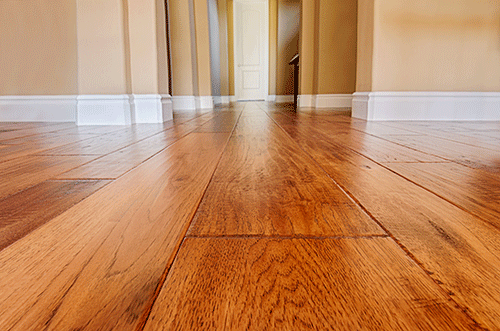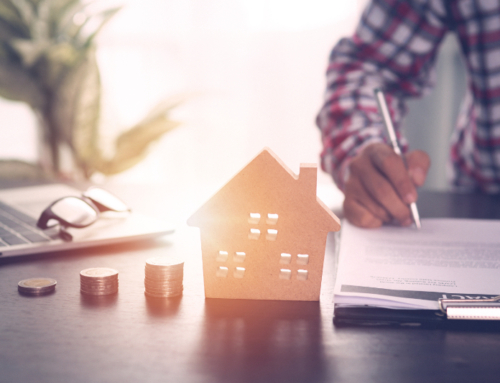
Some people like carpet and all the dust that gets trapped in it, but if you’re not one of those weirdos, you may be considering having wood flooring installed in your abode. Let’s explore the pros and cons.
Cost
Okay, so hardwood flooring is initially a big investment. Currently, it can cost anywhere between $14-$32 a square foot, depending on the species and the thickness of the wood you choose. However, unlike with vinyl and carpet, this type of flooring typically doesn’t need to be replaced, and can last through the lifetime of your home, with upkeep.
Upkeep
If you take good care of your floors by putting felt pads on your furniture feet and refrain from dropping claw hammers, you should only have to refinish the coating on them every 7-10 years. You can do this yourself if you enjoy DIY projects that require meticulous sanding. You can also hire a pro, and the cost won’t be anywhere near your initial investment. Dan DiClerico at HomeAdvisor details, “Refinishing hardwood floors costs $1,762 on average with a typical range between $1,074 and $2,486. You can expect to pay anywhere from $3 to $8 per square foot. For large and complex jobs, you might spend up to $4,000. The more area you have, the lower the square foot price. Adding in closets and other small, enclosed areas makes it a complex job, which increases the price.”
Temperature
The wood in your floors can shrink and expand depending on the temps and humidity in your home.
Glenn Revere at Huffpost explains, “in order for the wood flooring to perform as designed, the temperature and humidity conditions inside of your home must be kept continuously within a certain range. This range varies slightly depending on the manufacturer and type of wood flooring. Generally, the required range is between 60-80 degrees with a relative humidity range of 35 percent to 55 percent. Wood floors don’t like sudden indoor changes.” So, if you’re a snowbird who likes to turn the heat off in the winter while you travel south, getting these floors installed may not be right for you.
Cleaning
It’s easier to clean a sealed, flat surface than it is an absorbent material. James T C Li, M.D., Ph.D. goes into more detail at Mayo Clinic, explaining, “Carpeting can be a reservoir for allergy-causing substances (allergens) that trigger asthma. Carpeting in the bedroom can be especially problematic because it exposes you to carpet dust throughout the night. Hard-surface flooring such as vinyl, tile or wood is much easier to keep free of dust mites, pollen, pet dander and other allergens.” Even if you vacuum every day, you aren’t getting all of the gross stuff out that lingers in carpeting.
Every type of flooring has its advantages and disadvantages. I may be (am definitely) biased in favor of hardwood, but the choice is yours!





